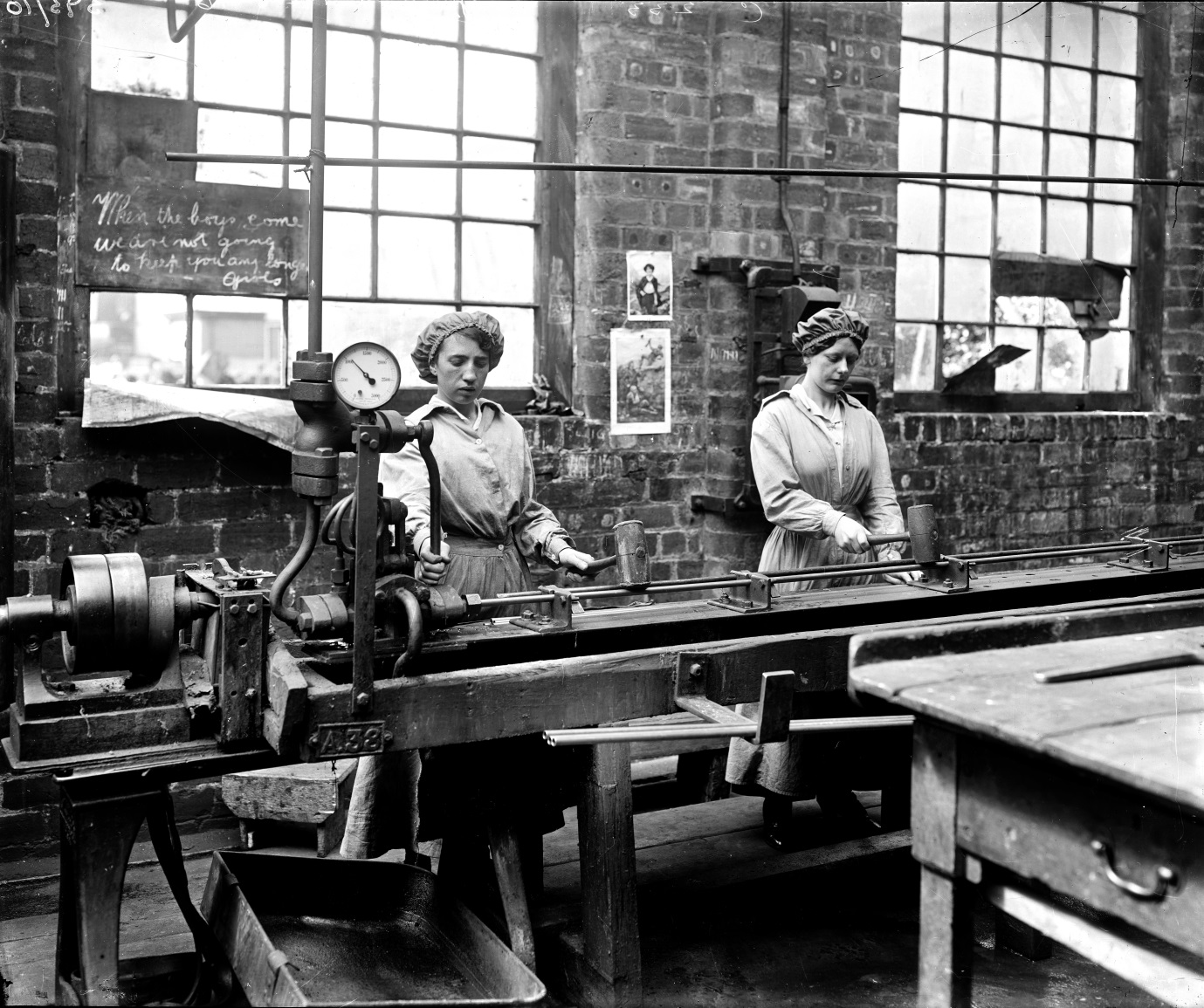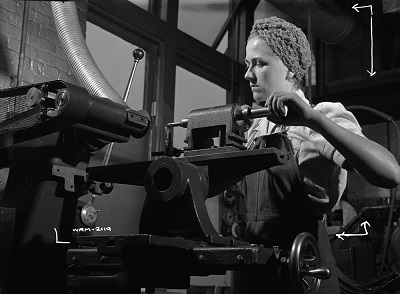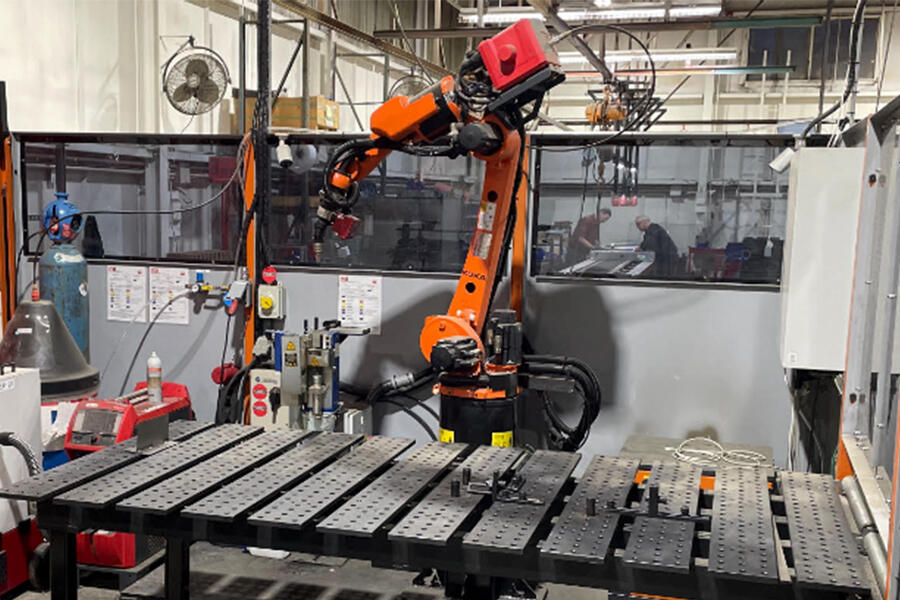Women in manufacturing: A brief retrospective in honor of National Women’s History Month
News from Montel

Nineteenth Century and the Industrial Era
Women have been working in American manufacturing since its inception—most notably, in the New England textile mills of the early nineteenth century, when manufacturers hired whole families to work at their factories. The midcentury mill boom across urban Massachusetts, Rhode Island, and Pennsylvania relied heavily on labor from young women who moved from outside the cities and into boarding houses.
While many of these workers used their weekly earnings of three dollars or more to support their families back in the country, mill jobs were some of the first opportunities in the US for young unmarried women to achieve a modicum of financial freedom, though many still lived in poverty.
These women would go on to lead the charge for the growing labor reform movement catching fire in the 1830s and 1840s. Mill work was dangerous and exploitative, so women used their collective bargaining power to push for better working conditions and higher wages.

Twentieth Century and World War I
At the start of World War I, women transformed industrial labor by filling manufacturing positions held by men who had gone off to war. In some sectors, like industries that directly supported the war effort, women represented between 30 and 40 percent of industrial workers, as salespeople, as administrative aides, and as equipment operators on the shop floor.
By the war’s end, many stayed on, and in doing so reshaped North America’s labor forever—in 1918, 1 in 5 industrial manufacturing workers in the US were women.
From there, women organized not only to bring an end to workplace discrimination but to advance workers’ rights for all, even when larger national labor movements turned down their support. In the coming decades, women were integral in the passage of the following landmark legislation, among others:
- Fair Labor Standards Act of 1938: established a minimum wage.
- Title VII of the Civil Rights Act of 1964: outlawed employment discrimination on the basis of sex.
- Family Medical Leave Act of 1993: secured jobs for workers seeking parental leave.

Where We Are Today
The number of women in manufacturing peaked in 1990, when women made up a full third of the manufacturing jobs in North America. However, since then, the number saw a decline through the 2000s and 2010s.
Though recent years show a slight upturn in women in North America manufacturing jobs—recent reports place the figure around 30 percent—women constitute nearly half of the total working population in the United States, far outpacing the average across manufacturing. Moreover, women make up only one-quarter of leadership positions within manufacturing.
In a 2019 index published by World Bank, which measured gender discrimination by studying women’s employment and entrepreneurial opportunities over a decade, other North American countries Canada, Mexico, the Dominican Republic, El Salvador, Nicaragua, and the Bahamas all scored better than the United States.







